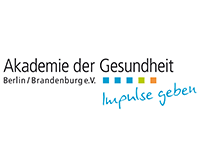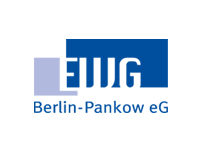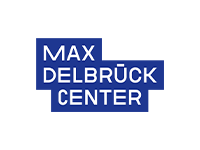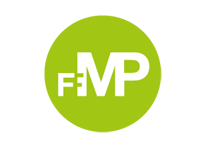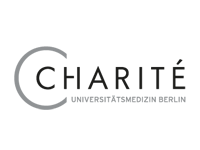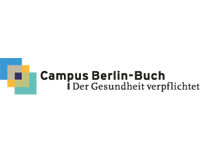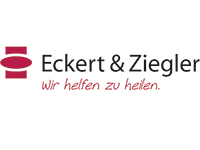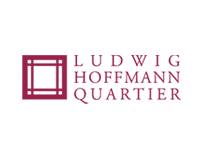Hospital tradition
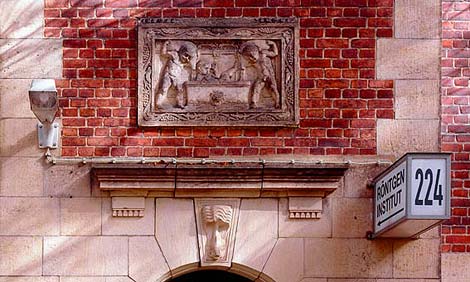
The Berlin architect and head of town planning, Ludwig Hoffmann (1852-1932), had a huge influence on the appearance of Buch with the hospitals that he built. Here is a short summary of Ludwig Hoffmann's hospital facilities in Berlin-Buch and their colorful history.
Convalescent home
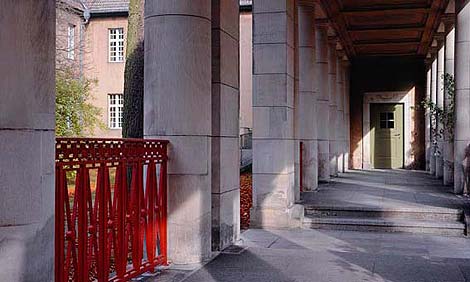
Hospital facility at Wiltbergstraße 50
Built as an asylum
Constructed: 1912-1914
Area: 41.2 ha
Protected historic Hoffmann Buildings: 32
The asylum built by Hoffmann on this site was never actually used as a mental institution. In World War I it served as a hospital and later the number of mentally ill patients in Berlin was not as high as previously estimated so that part of the site on the Wiltbergerstrasse was converted to a pediatrics facility in 1919.
From 1963, the site formed the heart of the Buch City Clinic and since 2001 is has been under the management of HELIOS Klinikum Berlin. Due to the large new building of the Helios Klinikum on the nearby Hufeland Campus, the convalescent home on Wiltbergstrasse was gradually vacated.
In 2011 the Ludwig Hoffmann Quartier Objektgesellschaft mbH & Co KG acquired the vacant landmarked property from the Liegenschaftsfonds Berlin in order to renovate it extensively and to develop it into a vibrant urban complex.
Dr. Heim Hospital
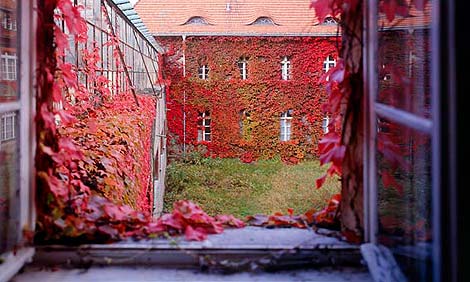
Former Dr. Heim Hospital
Built as a tuberculosis sanitarium
Planned by Ludwig Hoffmann
Built: 1914-27 by Martin Wagner
Area: 14.8 ha
Protected historic buildings: 10
The last and smallest of the hospital buildings planned by Hoffman in Buch is located on the Hobrechtsfelder Chaussee idyllically situated in a wood 3 km from the autobahn and 1.5 km from the Buch S-Bahn station.
The three large buildings that formerly housed tuberculosis patients have been vacant since 1999. The former lab and pathology building has been vacant for an even longer period.
In autumn 2007 UKB Denkmal AG acquired the object after a prolonged vacancy to develop it into a residential park “Allées des Châteaux”. Altogether, ten buildings have been carefully renovated for residential use in accordance with guidelines for historical monuments and offer a high standard of living comfort. A carefully planned townhouse development has also been proposed for the spacious area.
Hufeland Hospital
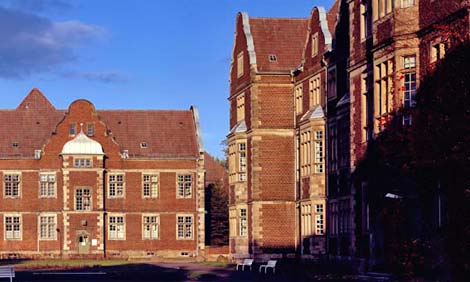
Hospital facility Karower Straße 11
Built as an asylum, later Hufeland Hospital
Building carried out: 1900 bis 1908
Area: 67.5 ha
Protected historic buildings: 45
The site of the former asylum was the first hospital facility built by Hoffmann in Buch. The pavilion style, typical of Hoffmann, combined the pleasant with the purposeful: the mental patients had lots of free space and the transmission of infections was restricted by the distance between the buildings.
Today all hospitals in Berlin-Buch are concentrated on the “clinic campus”: the HELIOS Klinikum Berlin-Buch, the Immanuel Krankenhaus Berlin and the Evangelische Lungenklinik Berlin (ELK). In addition, the Akademie der Gesundheit Berlin-Brandenburg e.V. is located there.
Old people's home
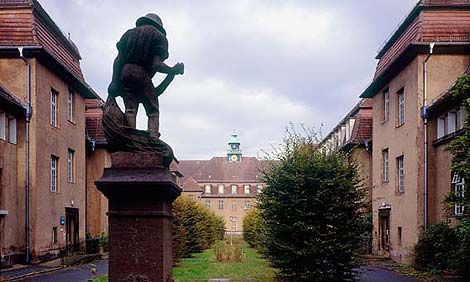
Former Ludwig Hoffmann Hospital
Built as an old people's home
Built: 1905 bis 1908
Area: 10 ha
Protected historic buildings: 17
From the "Berliner Tageblatt" (Berlin Daily), 1909: "This old people's home does not look at all like a hospital or a place for the infirm. The twenty beautiful houses, which make up the site, have bright walls and high red tiled roofs; they are separated from one another by green lawns and yellow gravel paths. Archways and escape walls give the whole thing a continuous and unified appearance."
Today the site serves different uses: In "LudwigPark" there is a new, attractive complex called "Living for Generations". RENAFAN ServiceLeben is also located there.
Waldhaus
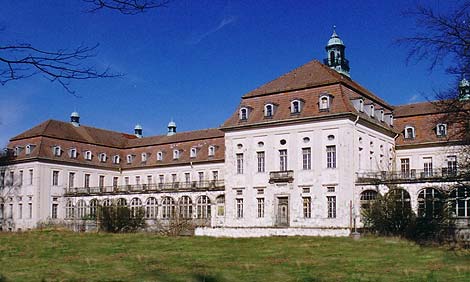
Built as a tuberculosis sanitarium
Built: 1900 bis 1905
Area: 10.7 ha
Protected historic buildings: 4
The former Tuberculosis Sanitarium is certainly the most imposing of Ludwig Hoffmann's buildings in Buch. The castle-like installation with great open spaces serves to isolate the tuberculous patients from the general public and allows them to enjoy their stay there is an environment with plenty of fresh air.
The building has been vacant since 1992. Liegenschaftsfonds Berlin has put the property up for sale.
News Buch Berlin
Eckert & Ziegler Achieves Further Earnings Growth and Double-Digit Sales Growth in the Medical Segment
Eckert & Ziegler SE (ISIN DE0005659700, TecDAX) increased sales in the first nine months of 2025 by 4% to €224.1 million compared to the same period last year. EBIT before special items from continuin...
more ...T-knife Therapeutics Presents Preclinical Data on PRAME-Targeted TK-6302 Highlighting its Potential as a Promising, Category-leading Therapy
Comprehensive TK-6302 data demonstrate preclinical efficacy and safety, supporting clinical readiness, alongside established scalable manufacturing. TK-6302 Clinical Trial Application planned in Q4 20...
more ...Why APOE4 raises Alzheimer’s risk
Researchers at the Max Delbrück Center and Aarhus University have found a mechanism through which the gene variant APOE4, long linked to a high risk of developing Alzheimer’s disease, impairs neuronal...
more ...Events Buch Berlin
01.12.2025, 17:00
Konzert mit klassischer Musik
Konzert zu Ehren von Prof. Dr. Heinz Bielka (1929-2020)
more ...02.12.2025, 08:00
GRUNDKURS FÜR PROJEKTLEITER UND BEAUFTRAGTE FÜR BIOLOGISCHE SICHERHEIT NACH § 28 GenTSV
Online-basierter Zwei-Tages-Kurs in Übereinstimmung mit den gesetzlich vorgegebenen Lehrinhalten
more ...02.12.2025, 16:00
+ + + ENTFÄLLT + + + Vorlesungsreihe: "Die heimlichen Helfer des Gehirns"
Vorlesungsreihe: Neue Wege in der Biomedizin: Aktuelle Forschungsthemen vom Campus Berlin-Buch. Für Lehrkräfte, Schülerinnen und Schüler sowie Interessierte.
more ...